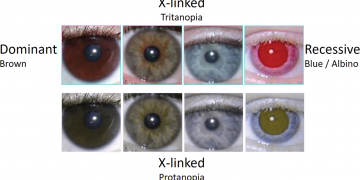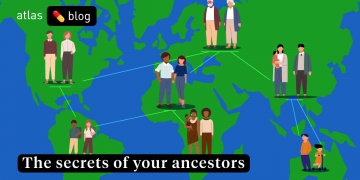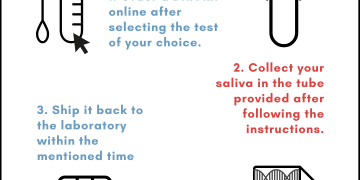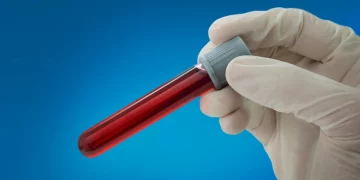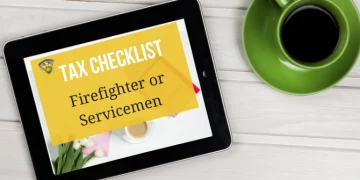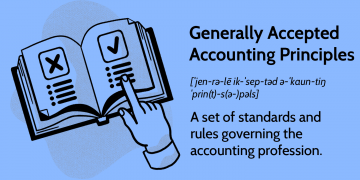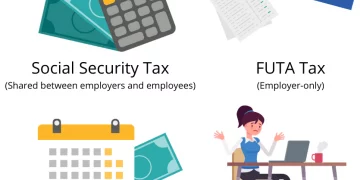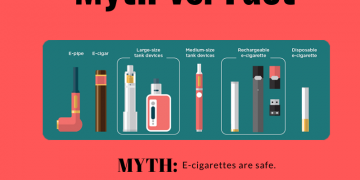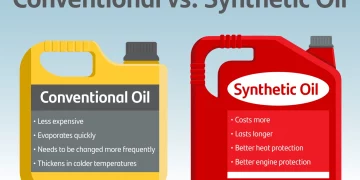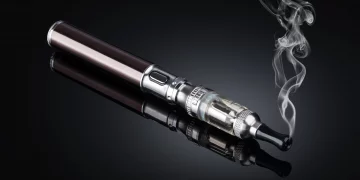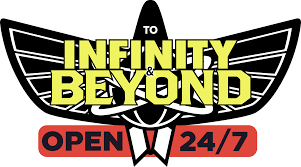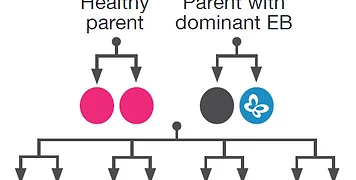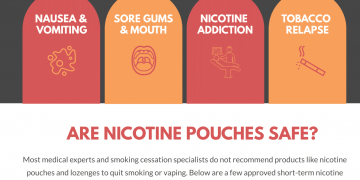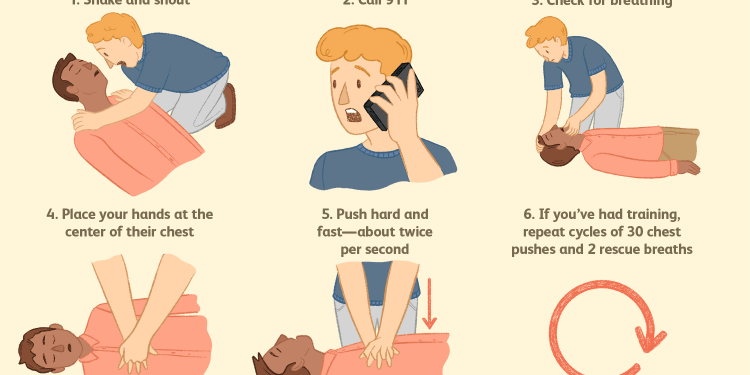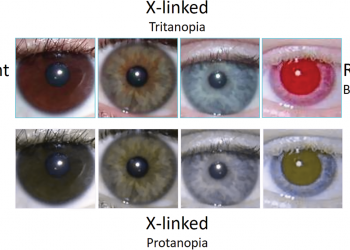CPR (cardiopulmonary resuscitation) is a crucial skill, but fewer people are learning it these days. Finally, basic instructions for rapid CRP tests take only a few hours, whether in a classroom or online environment. Others may seek to become certified for various reasons, including a desire to learn more and, in certain situations, improve their work prospects.
Emergency Rooms in Dallas, TX, argued that obtaining CPR certification makes you more prepared to respond in an emergency, and this may be true to some extent. However, this does not imply that someone who has just received basic CPR training is “less qualified” if confronted with a potentially life-threatening circumstance.
The Steps of CPR
Their brain and other essential organs aren’t getting enough blood. It can also assist avoid or lessening brain damage by maintaining blood circulating to the brain in the minutes before an EMS crew arrives. Whether someone collapses, is unresponsive when asked if they are OK, and does not appear to be breathing, CPR should be done before you begin, dial 911, or instruct someone else to dial 911.
The steps are as follows:
- Place one hand on the other and your hands in the middle of their chest. Your weight should be centered over your hands.
- At a rate of around 100 to 120 compressions each minute, use your body weight to firmly push at least 2 inches deep (but no deeper than 2.4 inches). After each hand press, let the chest return to its previous posture.
- Take a few rescue breaths. If you’ve had rescue breathing training and are comfortable doing so, offer two rescue breaths after 30 chest compressions to assist the body in acquiring oxygen.
- Repeat the chest compressions and rescue breaths cycle in 30 chest compressions and two breaths cycles until EMS comes, or just conduct continuous chest compressions.
Certification’s Objectives
CPR certification is sought for various reasons, both personal and professional. For whatever reason, certification gives them a better grasp of what to do (and what not to do) and more confidence in their abilities.
Below are some of the leading causes why individuals pursue certification:
Employment: CPR certificates can help you stand out on the job market, especially if you’re looking for a career that needs public interaction or involves the risk of workplace accidents (such as in a manufacturing plant, public transportation, or an amusement park).
Competency: Nothing is terrible than being in an emergency scenario when no one understands what to do. As a result, CPR certification may enable you to take action while others are unable. Somewhat of trying to recall abilities from high school, certification gives you a degree of instruction that allows you to get right in.
Without certification, CPR is performed.
CPR certification does not imply that you are “licensed” to act despite its many advantages. It’s just a card or certificate that shows you’ve finished CPR training and satisfied the standards set out by the organization you utilized.
It doesn’t give you any additional liability protection (beyond what Good Samaritan laws provide)1 or implies that you have the expertise to fill in for an emergency medical technician (EMT). You must act whether you have received CPR training, whether certified or not.
Consider the case of cardiac arrest. The heart will cease beating, and the person will lose consciousness within 20 seconds if they suffer cardiac arrest. The chance of mortality increases by 7% to 10% for every minute that passes without treatment. Brain injury can begin in as little as five minutes. Resuscitation is almost impossible after 10 minutes of inactivity.
CPR Training Obstacles
People are unlikely to acquire CPR instruction, let alone certification, due to a lack of time. Most individuals don’t consider CPR until there is a financial incentive, assuming that others will know how to administer it.
But, in the end, here’s the bottom line: CPR training is typically two to three hours long and is offered free of charge by organizations such as the Red Cross or the YMCA, or any other 24 Hr Dallas Emergency Room. If you don’t have three hours in your week, you may take a free online CPR course, which is less than ideal.
Others avoid CPR due to apprehension, primarily in reaction to procedures such as mouth-to-mouth resuscitation. Many individuals are unaware that mouth-to-mouth CPR is no longer required and that chest compression is the primary treatment method until emergency medical help arrives.
In The End:
You can make an informed decision about your alternatives by studying the facts regarding Rapid CPR test training.

